NC museum made learning fun for 18 years. Here’s what to know about the next evolution.
A weathered, two-story barn just outside Chapel Hill could one day welcome parents reading to babies, children climbing ropes and making crafts, and teens creating art or music, or gathering vegetables for a homecooked meal.
Families could meet up under the “Great Oak Giving Tree,” a more than 200-year-old white oak near a meadow Three other oaks — each over 300 years old — may also be preserved, said Jamie DeMent Holcomb, chief executive officer of the Kidzu children’s museum.
It’s only part of the vision for 45 acres that once was part of a centuries-old family farm owned by the Merritts and, most recently, the Blackwoods, at 510 Mt. Carmel Church Road in southern Chapel Hill.
Kidzu, the nonprofit Chapel Hill children’s museum established in 2006, bought the land in January for $5 million.
An agreement with the Triangle Land Conservancy put 43 acres in a permanent conservation easement, next to the Stillhouse Bottom Natural Preserve and private land covered under a nearly 34-acre easement with the N.C. Botanical Garden. A trail could one day take visitors from the museum to the botanical garden and back, DeMent Holcomb said.
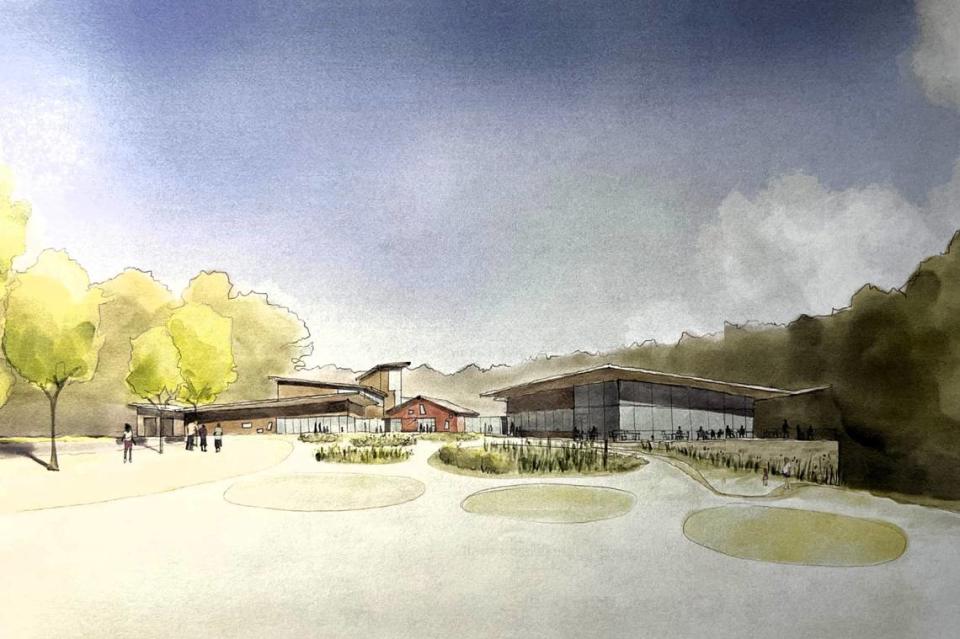
The capital campaign is just starting, but the first phase of the 70,000-square-foot Children’s Museum could open by next summer, including a 200-seat outdoor pavilion.
North Carolina’s history and culture will be a key part of the museum and its programs, DeMent Holcomb said, and the barn will be renovated to create an entry pavilion and open onto a central plaza, with gardens and kiosks.
“Imagine an Italian piazza,” DeMent Holcomb said during a recent tour, “where everyone in Italian villages comes at night, and they’re sitting around and the children are playing in the middle, and the grandparents are sitting in the corner gossiping, and the moms are over here talking crap about their husbands, and they’re having a cup of coffee and maybe a nice snack.”
“All of that is happening here,” she said.
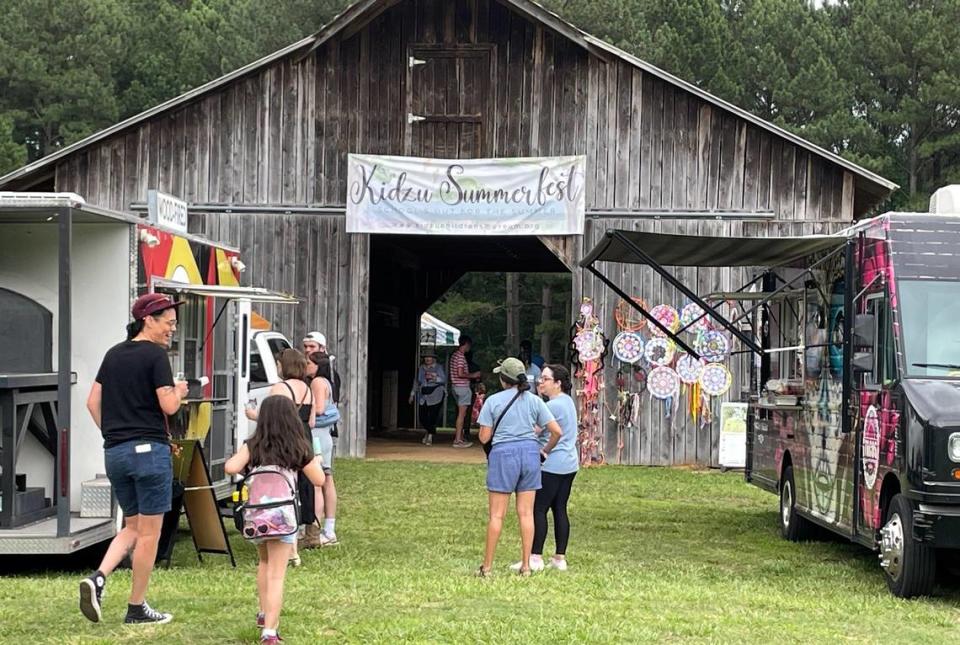
What would the N.C. Children’s Museum offer?
Kidzu already serves over 70,000 visitors each year at its Chapel Hill location in University Place and thousands more with community and afterschool programs, and through the Virtual Museum on its website.
Its draft building plan shows four levels, most of which would be built into the sloping hill, leaving only the barn and the top of a climbing structure visible to passersby, DeMent Holcomb said. Other amenities include:
▪ Programs and spaces for young children, including STEM learning in The Nest for babies and toddlers, a greenhouse, atrium climber and book nooks. The Nest will be enclosed in glass, with a 360-degree view of the landscape.
The climbing structure will have three levels accessible to all children, with “nooks and crannies that are very quiet, where you can wrap things around yourself if you get overwhelmed by loud noises,” DeMent Holcomb said.
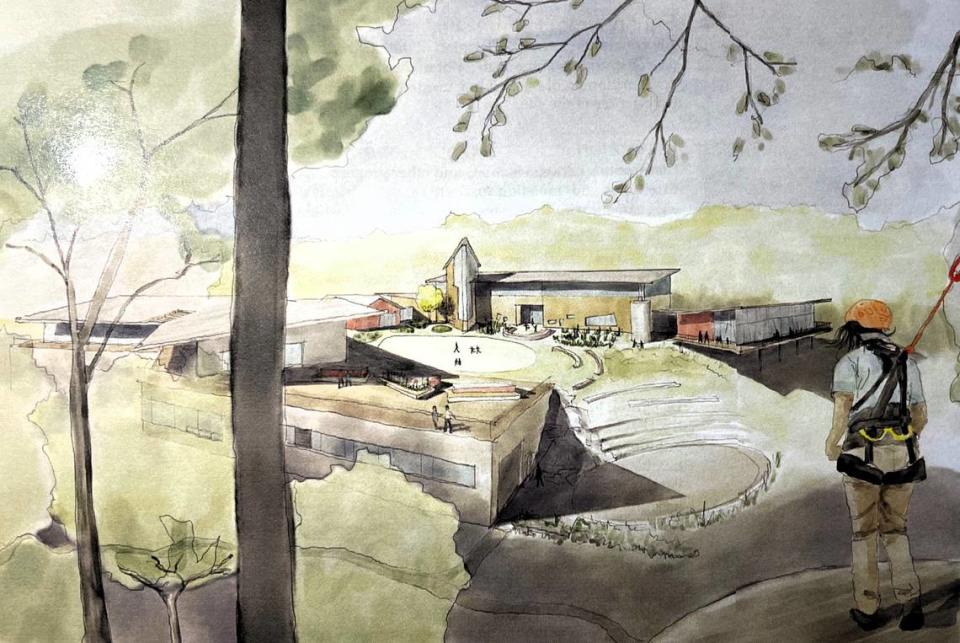
▪ A culinary classroom, art and music studios, and indoor and outdoor maker spaces for teens, tweens and older learners.
▪ Sensory and farm-to-fork gardens, meadows and lawns, a nature pavilion, and play areas throughout the campus.
“This should be a lifetime of visits,” DeMent Holcomb said. “We imagine this as something that’s not just a children’s museum. It’s a major destination, and there will be things on this property for people of all ages — families with small children, adults, grandparents, career-development opportunities, training spaces for educators.”
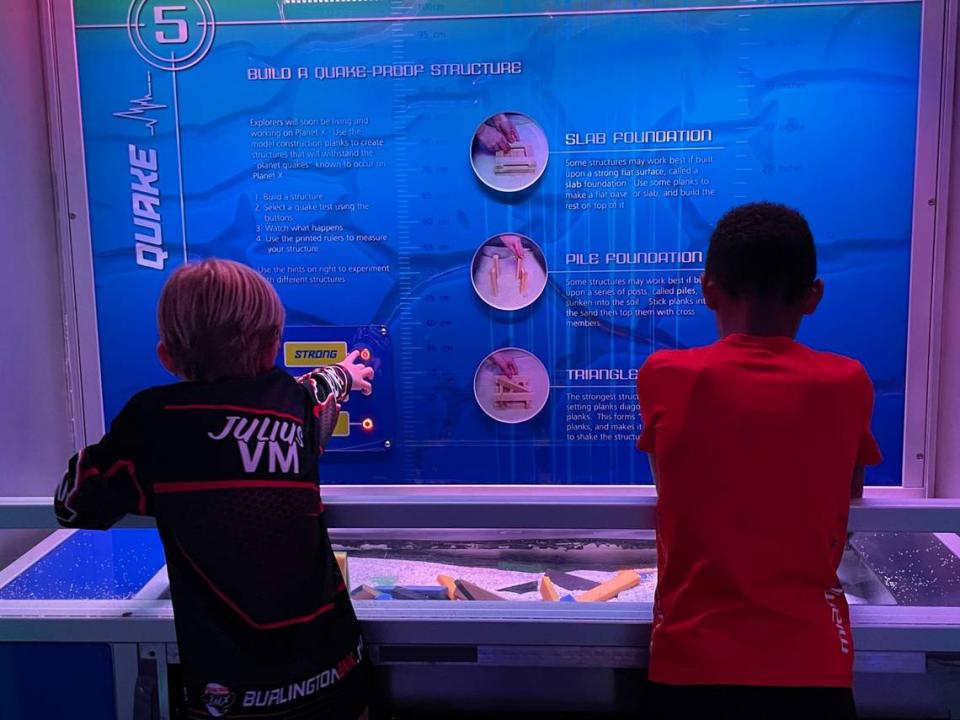
What makes the museum different?
Kidzu is part of the 35-member N.C. Science Museum Network, working with museums across the state, said DeMent Holcomb, its incoming chair.
But what makes Kidzu and the new Children’s Museum stand out is its focus on babies and pre-K learners, she said.
The Early Learning Resource Center will be a key feature at the new museum, with therapy rooms, a library and public spaces for therapists, researchers, families, educators and child-care providers, said Betsy Bennett, co-chair of Kidzu’s board of directors and director emeritus of the N.C. Museum of Natural Sciences.
Kidzu has aided early-learning research for over 15 years, Bennett said, noting much of the work is founded in the Carolina Abecedarian Project, a partnership between UNC and Frank Porter Graham Child Development Institute in Carrboro.
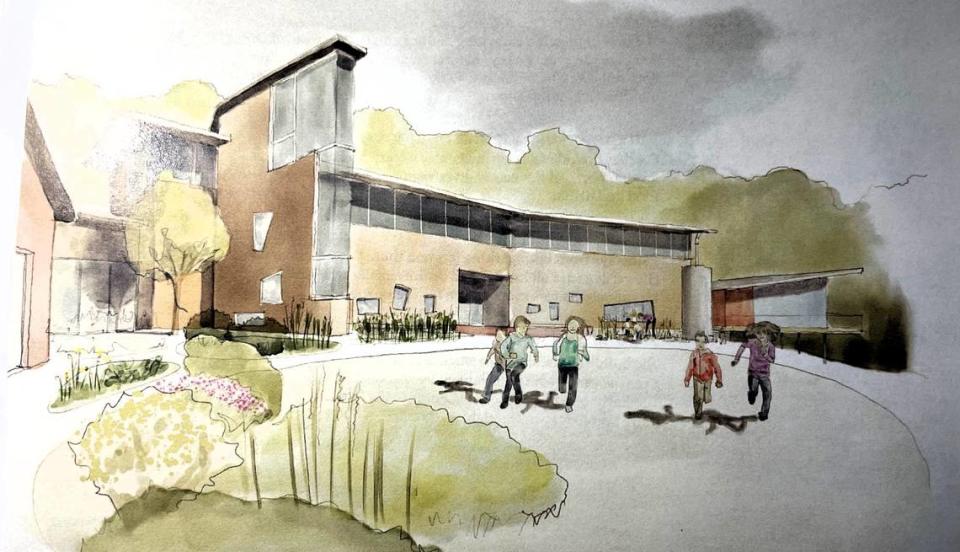
The Abecedarian Project started in 1972 with 111 low-income infants and their families, following their progress for 50 years to gauge the effects of high-quality early education and child care.
The work continues today, and Joseph Sparling, one of the project’s principal investigators, is among the researchers from universities and institutions statewide who are on the museum’s planning team.
Researchers now realize education needs to start much earlier, Dement Holcomb said. Sparling’s research, which helped establish the More at Four pre-K program, could be incorporated into the museum’s collection and shared with other museums and educators.
“The studies show that if you start very early — with kids 0-3 — they have better lifestyles, they do better at education, they keep their jobs, they’re healthier, they even stay married,” Bennett said.
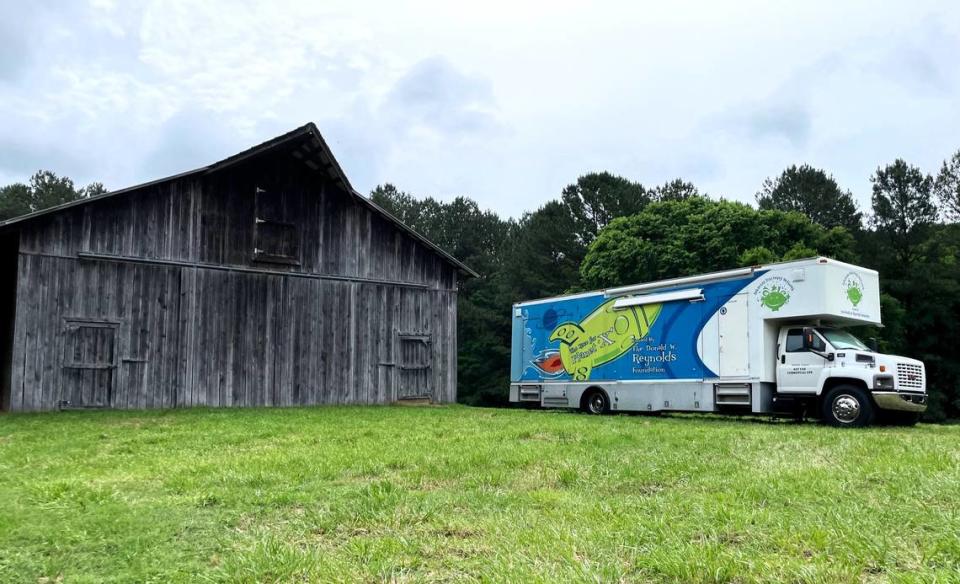
Not the first plan for Kidzu
Kidzu started its mission in a 2,400-square-foot Franklin Street storefront. It has moved and made plans to move several times since:
▪ 2009: Secured a lease to build atop Chapel Hill’s Wallace Parking Deck but found engineering would be difficult.
▪ 2013: Moved to University Place mall, replacing the temporary Chapel Hill Public Library. It moved across the hall in 2014.
▪ 2015: Worked with Carrboro and The ArtsCenter on a proposed Arts and Innovation Center, which did not happen.
▪ 2017: Petitioned Chapel Hill to consider a new museum and parking deck on the Chapel Hill Public Library property.
▪ 2019: Negotiated with Chapel Hill for a town-owned site on U.S. 15-501 near Southern Village, which didn’t work out.
While there have been starts and stops, Dement Holcomb said the goal has always been a space for indoor and outdoor programs and activities, especially for young children.
“When we started digging deep and asking the hard questions of what do we really need to do and what is the thing that is really going to serve children and families best, it was let’s find a property that is perfect for us rather than just taking the opportunity that’s handed to us,” she said.
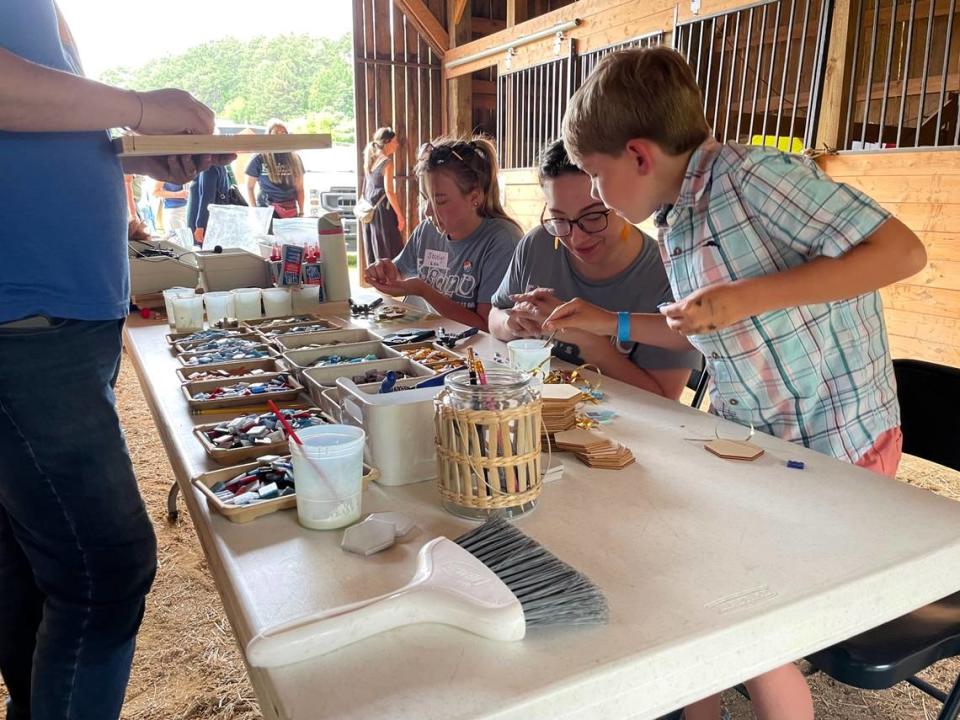
Where does the plan stand now?
Kidzu has not submitted a concept plan or an official application to the town of Chapel Hill.
The current zoning allows public cultural facilities, but a museum over 20,000 square feet or that disturbs over 40,000 square feet of land — about an acre — would need a special use permit from the Chapel Hill Town Council, town planning staff said.
The News & Observer’s Inside Look takes readers behind the scenes to illuminate the people and places in our community.


